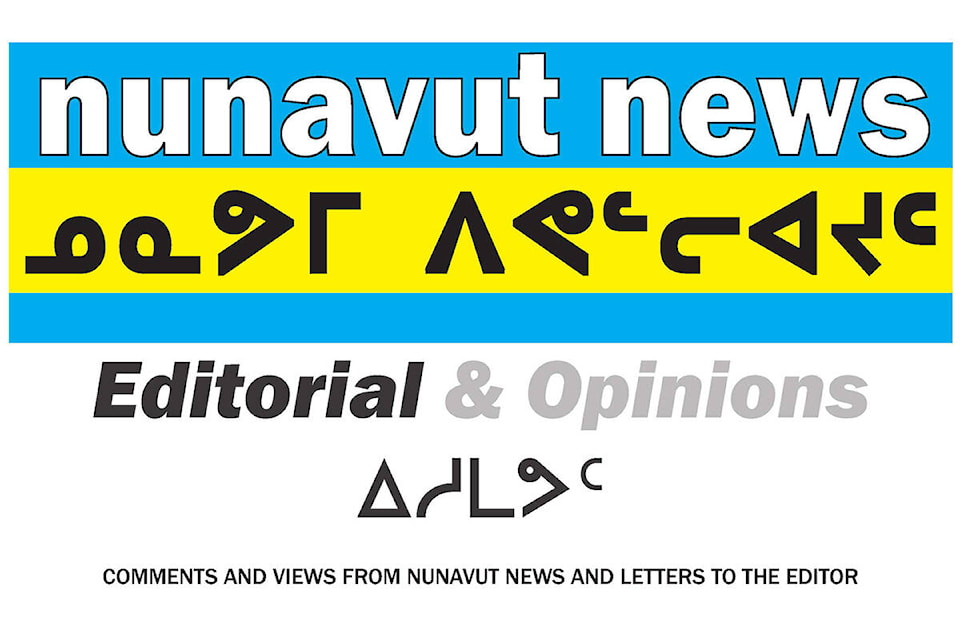‘Tis the season for piles of cash to be promised toward the many projects and problems facing both the territory and the country.
Overall, the April 7 federal budget sets aside $31.2 billion in new spending over the next five years and projects a deficit of $52.8 billion.
Some details may yet be sparse, as Nunavut Senator Dennis Patterson stated in Iqaluit April 12, but there are some promising monetary commitments waiting to be fleshed out.
The budget acknowledges “Canada’s Northern communities face unique housing needs due to higher construction costs, shorter construction seasons, infrastructure gaps and the effects of climate change that are increasing as the North has been warming at roughly three times the global warming rate.”
The document commits $845 million over seven years to support housing in Inuit communities and $60 million over two years for the Government of Nunavut (GN) to support affordable housing and related infrastructure.
It’s a good start, sure, and nearly triple the promised amount outlined in the 2018 budget, but it only scratches the surface of what is a $3.5 billion – and growing – problem.
With inflation on the rise, as well as the population, need will only increase.
Northern Affairs Minister Dan Vandal points out there are still billions in other federal housing funding pots that Nunavut “has a right to get” but while we’re in the midst of solving so many concurrent infrastructure issues it’s a little callous to remind us we’re welcome to apply for other programs.
Nunavut Tunngavik Incorporated, the GN and the federal government will be working together in a tripartite agreement to tackle the housing issues, something Premier P.J. Akeeagok said he was especially pleased about.
“It’s exactly these very important issues, such as infrastructure, the housing issue, where we’re going to have to pull our limited resources to address long-standing issues,” he said.
Another impressive sum, introduced in Budget 2021, is the $1.4 billion over five years to “maintain and transform” essential healthcare services for Inuit and First Nations, which is inclusive of funding to support reliable access to clean water for First Nations communities.
Of that, $228 million was announced for trauma-informed, culturally appropriate Indigenous-led services for mental health, which was “tailor-made for Nunavut” and the issues the territory faces.
This significant federal announcement may help ensure that existing projects are able to access backing to keep them going, and that other initiatives can get their feet off the ground without having to fight as hard for recognition of the incredibly important work they do.
The biggest remaining question mark is, what of the $6 billion allocated to defence will go toward bolstering the Arctic?
Last week, Nunavut News featured commentary from retired Col. Pierre Leblanc, who makes a case for further developing Resolute Bay as a security hub for the Arctic, noting much of our technology is obsolete, or sorely lacking, especially compared to Russia’s Arctic defences.
Patterson was equally concerned.
“Russia has a smaller GDP than Canada, yet they have managed to fund icebreakers, bases, airfields and ports, all across their Arctic coast. Canada’s infrastructure in the North is embarrassing by comparison and I’m hoping we’ll get a fair share of the $6 billion that’s provided in the budget.”
With luck, we won’t have to wait for a year or two of strategically communicated press releases and events to reveal all those important details.
